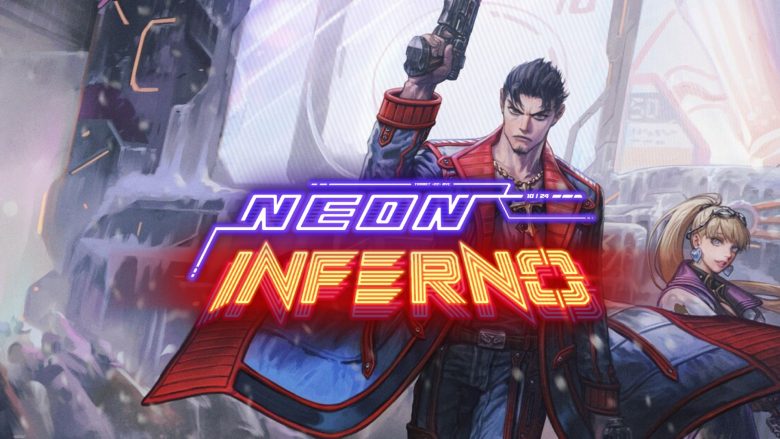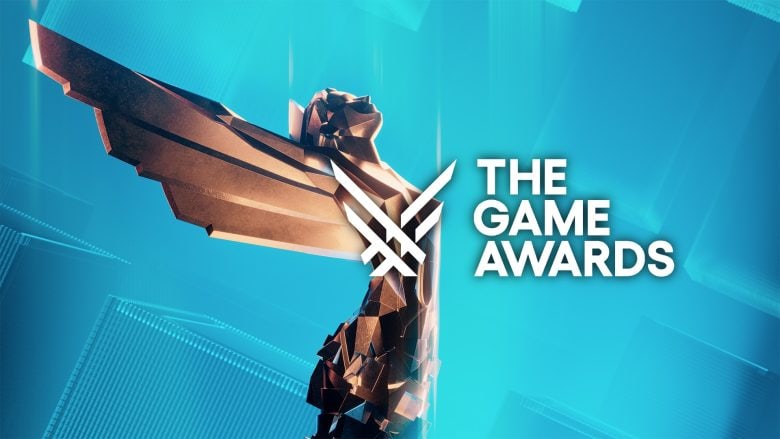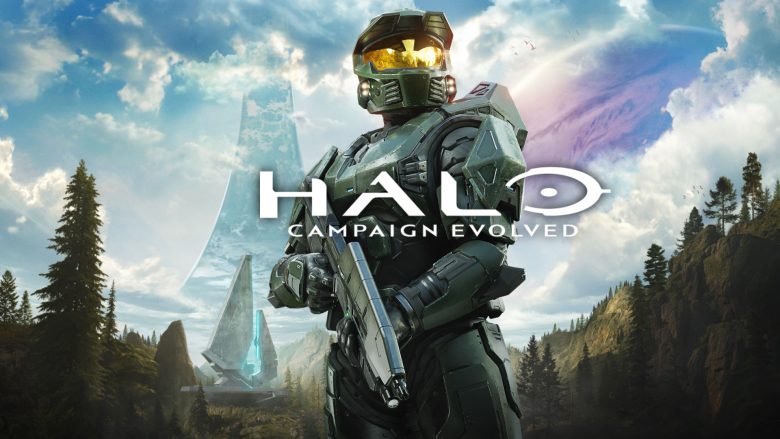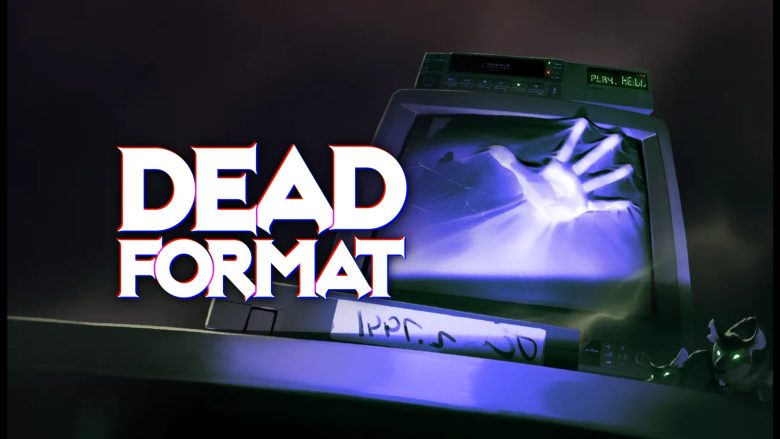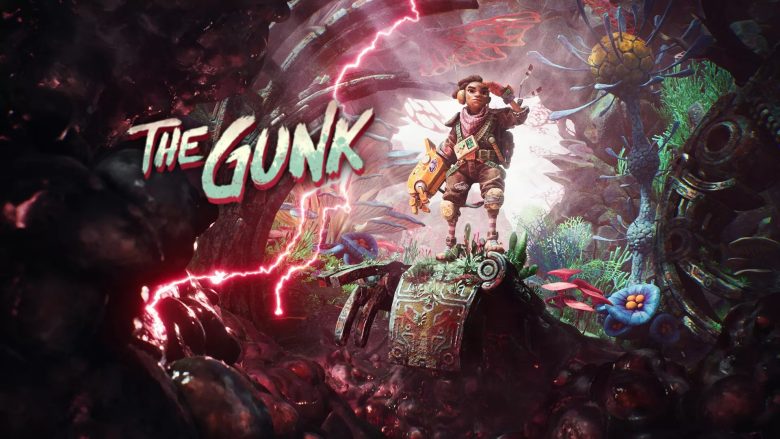Our interview with Max Trest, the owner and founder of his independent game studio, Lost Cartridge Creations, and the solo developer behind Astrolander, an upcoming PlayStation 5 exclusive scheduled for release in 2024.

Today, we return to talk about Astrolander, the upcoming PS5 exclusive crafted by the incredibly talented 14-year-old solo Canadian developer, Max Trest (for more details on the title, we recommend checking out our main coverage).
Max is an exceptionally gifted young individual, a true prodigy, and the owner and founder of a small indie game studio called Lost Cartridge Creations.
Astrolander is his first real project into the video game industry. It’s a captivating interactive co-op adventure (but also playable solo) infused with a strong narrative component, aimed at harnessing the capabilities of the PlayStation 5 and the innovative features of the DualSense controller.
The project, initially planned for release on PC (via Steam), has caught the interest of PlayStation, who, with Max’s full approval, decided to turn it into a PlayStation 5 exclusive. And from there… Well, let’s stop here… We wouldn’t want to reveal everything before the time is right.
So, it is with great pleasure that we present our interview with Max Trest, delving deeper into his project, but, most importantly, offering an opportunity to get to know him up close and discover more about his background and the pivotal experiences that have shaped his journey in game development.
Without further ado, here’s the interview. Happy reading!
Francesco:
Hi Max, let’s start with a very introductory question, but still necessary to understand your background and your relationship with the world of video games. How and when did you approach video games for the first time? Would you be interested in sharing that experience with us?
Max Trest:
My passion for video games was sparked at a young age. I spent a significant amount of time playing Sim City on the PC, and it became my primary interest in the gaming world. I started coding when I was just six or seven years old.
Initially, I began with simpler programs like Scratch, but it quickly evolved into something more complex. Over the years, I delved into learning Unity and all its features, and later explored Blender for 3D modeling—an incredibly enjoyable experience. It’s safe to say that my involvement in game development has grown well beyond my initial interest. When talking with people, I often express that I prefer working on games than actually playing them.

Francesco:
As you revealed, you started coding at a very young age, and by the age of 14, you already exhibit highly advanced skills in 3D modeling, game design, and, more broadly, video game development—an exceptionally rare achievement at your age. So, my natural curiosity leads me to ask: Do you see yourself as an innate talent, or as someone who, to master the skills you possess today, has laid the foundation through education, study, research, and experimentation?
Max Trest:
Well, I believe it involves a substantial amount of research, a continuous learning process. There are countless online tutorials that have contributed significantly to my understanding.
While I’ve learned a great deal from these tutorials, I’ve also found immense value in exploring the software myself—just tinkering around with Unity and Blender. It’s not just about talent; it’s more about the sheer amount of work you put in and the focus you bring to it. Those are truly crucial aspects.
Francesco:
Currently, you’re 14 years old, but you’ve already spent a couple of years working on Astrolander, your first solo developer project. However, if we were to take a step back, what are the key milestones that have shaped your development journey?
Max Trest:
I started programming when I was around six or seven years old, as I mentioned, using Scratch, which is quite block-based. I’d say it was a few years ago when I delved into Unity and later Blender. During that time, I also experimented a bit with Unreal Engine. Ultimately, I chose Unity because it felt a bit more user-friendly.
I must emphasize, though, it required a substantial amount of work, but it was truly enjoyable. I’ve had a lot of fun working on Astrolander, and progressing to create a PS5 exclusive game is truly exciting. So, yeah, it’s been quite a journey!
Francesco:
In 2022, you took an important and crucial step, by founding your own independent game label and studio, Lost Cartridge Creations. Would you like to share some interesting details and tidbits regarding the creation of your indie game studio?
Max Trest:
I’m striving to create experiences that appeal to all ages and cater to players with varying skill sets or backgrounds. Lost Cartridge Creations aims to offer games that anyone can enjoy, while maintaining a special focus on the collaborative aspect of two-player experiences.
My goal is to shape Lost Cartridge Creations into a distinctive studio that produces unique games. Especially now, with the DualSense controller and the capabilities of the PS5, I’m determined to harness these features to set my first creation apart in the market.
Francesco:
Speaking of Astrolander (the first indie PS5 exclusive, and, we believe, the first exclusive of this generation crafted by a solo developer), the question I’m eager to ask is, what is the very first concept of Astrolander? What was the core idea from which you started to develop this project?
Max Trest:
Astrolander originally started as a PC project on Steam. While showcasing the game at an event, I had the opportunity to bring it to the PlayStation 5. It was such an amazing opportunity that I decided to completely overhaul the game exclusively for the PlayStation 5. My design philosophy revolves around maximizing the potential of the DualSense controller and creating cinematic sequences.
For instance, in one section of the Quaxlantis level, which happens to be the water level, you’ll find yourself flying under arches that collapse as you pass beneath them. To navigate, you need to build up speed and fly through. What adds to the experience is the audio and haptic feedback through the DualSense, creating a truly immersive 3D experience. It’s a fantastic aspect that adds to the overall greatness of the game.

Francesco:
At the Seattle Indies Expo, one of the many events where you’ve been a guest, something happened that changed your life. We’re referring to your meeting with Shuhei Yoshida and the PlayStation team, who played a short demo of Astrolander and were so impressed that they extended a partnership proposal to bring the title exclusively to PS5. Could you share more details about how your meeting with the PlayStation team unfolded?
Max Trest:
Joining PlayStation was truly an exciting opportunity! What I aimed to convey was not just my game but also my vision, especially in terms of the DualSense controller. I wanted to showcase how I could leverage it to create a unique gaming experience and set it apart in the market. While everyone still talks about Astro’s Playroom as one of the standout PS5 titles that made excellent use of the DualSense, I’m striving to recapture that magic with Astrolander.
I’d like to establish a connection between the DualSense, Astro’s Playroom, and Astrolander, seamlessly integrating them into a unified gaming experience.
In the Quaxlantis level, for example, when you first start, you encounter the Cyber mines. However, as you progress, you find yourself hiding in the seaweed, with Cyber Trackers flying overhead. You can actually feel the seaweed brushing up against your ship with the DualSense. As I mentioned earlier, the arches toppling on you as you fly through adds an exciting element. The next section introduces one of my favorite mechanics—using the tidal wave. Placing your hand on the touchpad and moving it around generates a tidal wave that topples the CyberQuax. The controller provides a light haptic feedback, adding a delightful touch to the experience.

Throughout the level, there are more exciting mechanics. For example, there’s a cave that you have to fly through, but you need to shrink down to miniature size using the haptic feedback. It’s a really fun element inspired by James Bond cinematic sequences, adding a unique flair to the game. This leads to the boss encounter, which is one of the most enjoyable parts of the level.
The boss has a shield that goes up and down. When it comes down, he fires tidal waves at you, and you need to dodge them while also firing a tidal wave back at him when the shield is down. This creates an immersive experience with the DualSense, allowing you to feel the waves coming towards you and sense the distance as you try to hit them.


Francesco:
One of the notable and substantial improvements in Astrolander that catches our attention is the game’s fresh graphic restyling, enhancing its charm and allure with an increased visual impact on players. We know that before teaming up with PlayStation, you were working on development using Unity, with plans to release the game on Steam. If you’d like to share, what were the key steps that led to this impressive restyling, and what were the major challenges in switching from one game engine to another?
Max Trest:
The decision to bring Astrolander to PlayStation 5 was driven by my desire to leverage the unique features of the DualSense controller and maximize the capabilities of PS5 Graphics Hardware. The original version of Astrolander was designed on Unity’s Universal Render Pipeline, aiming for a retro look. However, with the new version, I opted for Unity’s High Definition Render Pipeline (HDRP) to achieve a CG, Pixar-style cartoon visual effect.
This transition also marked a shift to a Physically Based Rendering (PBR) workflow. Almost all the textures and models in Astrolander now feature full PBR textures, adding an extra visual flair to the game. The result is a unique style that combines realistic visuals with a more cartoony side. It’s an exciting blend that brings a fresh and improved perspective to the graphics, enhancing the overall visual experience.
What’s particularly interesting for me is the new cartoonish aspect, which is much more enjoyable. While I appreciated the graphics of the old version of Astrolander, this new restyling definitely resonates better with my preferences.
In terms of character design, the restyling has allowed me to work more meticulously on the two main characters and define their personalities more clearly. I aimed to make the characters in the game feel almost like the DualSense itself. Haptic, a cute sentient robot utilizing CDs for abilities and memory cards for progress, expresses his personality through various robot noises throughout the level, resembling the haptic feedback of the DualSense. Similarly, sidekick Feedback, trapped in the Quaxlantis level, also has a distinct personality that leverages the features of the DualSense.
I can’t reveal more for now, but this adds depth and a more immersive element to the characters, making them integral parts of the gaming experience.
Francesco:
Even though Astrolander offers a playable adventure in both single-player and co-op modes, your aim is to build the game from the ground up as an asymmetric co-op adventure. Can you delve into how you plan to handle this duality and provide more details on your approach to developing and implementing the co-op component of the title?
Max Trest:
As you mentioned, Astrolander will feature a single-player mode and a two-player mode. In the two-player mode, one player handles Haptic’s thrust, while the other controls the rotation. So, you have to work together to control Haptic. In specific levels, such as the lush level (which I have yet to name), Haptic will divide into two separate components. The top section will transform into a UFO with Feedback inside, and the other player assumes complete control of Haptic. During that section, the Feedback UFO-type craft has to use a shield to protect Haptic.
This mechanic is exclusive to the two-player mode, while for the one-player mode, I’ll keep the ships together. My aim is to craft a highly enjoyable experience. I’ve noticed that people love the fun component of two players working together, often blaming each other for crashes. Many find this dynamic engaging, and I’m keen on reintroducing it in the new version of Astrolander. Nonetheless, it’s also designed to provide a delightful experience for solo players.
Francesco:
Astrolander unfolds as a thrilling adventure playable by everyone, young and old, with family and friends, embodying a family-friendly adventure. Would you like to tell us what kind of atmosphere you aimed to recreate with this title and how prominent the atmospheric component is throughout the adventure?
Max Trest:
I really aimed for Astrolander to be a family-friendly experience that anyone could enjoy. I’m not a fan of the excessive violence often found in modern video games. Instead, I wanted to harken back to an older era when there was less violence and more cartoony visuals, as you mentioned earlier regarding the visual style. The decision to showcase this in the DualSense was influenced by past feedback on the original version of Astrolander.
People highlighted its fun two-player dynamics and its family-friendly nature. Many kids enjoyed playing it with their parents, and I’m eager to bring back and expand upon that experience in the new version with the added features of the DualSense, enhanced graphics, and new gameplay sequences.
Francesco:
How are you working on the structure and design of the game world and Quaxlantis? How many and what types of biomes can we expect to find in Astrolander?
Max Trest:
Currently, I have a lot of exciting levels in the pipeline. Following the Quaxlantis level, there’s the Lush level, which will feature beautiful vistas and lush forests, along with cyber dragons and mischievous creatures. As previously mentioned, the separation mechanic will play a key role in this level.

Following that, I’m planning to release a short demo on the PlayStation Store, hopefully in February or March 2024. The demo will feature three levels: Quaxlantis, the Lush level, and another one that I won’t spoil but promises to be quite thrilling. If you follow me on social media, you can expect more previews of these upcoming levels and, in the future, glimpses of the rest of the final game.
I’m committed to crafting an experience with a variety of levels and biomes that highlight different features of the DualSense, along with diverse visuals, graphics, and mechanics throughout the game.
Francesco:
From your point of view, what are the distinctive elements that differentiate Astrolander from Astro’s Playroom? What unique features and aspects do you believe players won’t encounter in Astro’s Playroom but will discover in your game?
Max Trest:
Astro’s Playroom was more of a tech demo. In Astrolander, my aim is to craft a full-fledged experience with more fleshed-out and unique mechanics. The two-player aspect is designed to create a gameplay experience centered around the DualSense, going beyond the foundation laid by Astro’s Playroom.
Additionally, in terms of graphics, I’m pushing the PS5 to its limits. I want to build on what Astro’s Playroom achieved and take it a step further to deliver a comprehensive gaming experience.
Francesco:
Astrolander has been featured in many events and gaming expos, earning notable awards and certifications, such as the “Special Mention, GameVerse” prize at SPARK ANIMATION 2023. Additionally, a demo version of Astrolander for PC has been showcased at the Museum of Pop Culture (MoPOP) in Seattle as part of the Indie Game Revolution exhibit. Regarding these events, how has player feedback been for the Astrolander demo? Are you satisfied with the feedback received?
Max Trest:
Even when I was exhibiting the original version of Astrolander at various shows, I received fantastic feedback, with people particularly praising the two-player aspect. However, more recently, as I introduced the new version, especially for the PS exclusive version, the player feedback has been extraordinary. Players have compared the visuals to AAA quality, expressing admiration for the audio, gameplay, and, notably, the DualSense integration.
The immersive experience provided by the DualSense has been a highlight in player comments. The response to the new version of the game has been incredibly positive, with players expressing love for the graphics, characters like Haptic and Feedback, and the CyberQuax. I believe that as players get a glimpse of the new levels I’m creating, especially the Lush level, their curiosity and excitement for the game will only grow.
Francesco:
With the imminent arrival of 2024, what are your main plans for gearing up towards the launch of Astrolander? Are there any surprises or novelties in store for Q1 2024? Perhaps a release date or… something else?
Max Trest:
I plan to release Astrolander in late 2024. Currently, my focus is on releasing the demo, with potential updates featuring new levels and additional gameplay sequences in the pipeline. This is something I’ll have to assess as development progresses. I plan to actively participate in events, showcasing new levels to gather player feedback and gauge the reception.
You can find me on X, and by following my account, you’ll stay updated on the events I’ll be attending. I’m also considering the possibility of expanding to more shows, perhaps even events like GDC in the future, although I cannot confirm specific details at this time. My aim is to introduce the game to a broader audience and gather valuable feedback from players.
Francesco:
To conclude the interview, I’d like to pose a question that’s both simple and challenging to answer. So, what advice would you give to a very young developer taking their initial steps into the gaming industry?
Max Trest:
Follow your dreams! There are numerous online communities that will support you. For example, on Discord, I’ve found communities that played a crucial role in supporting my journey. Explore online tutorials, and you’ll find the resources to create your own game. The crucial step is to immerse yourself in the industry and gather people who can support you on your journey.
Join Max on his “AstroJourney”
Before we conclude, let us spend some words to say thank you again to Max for his availability. Listening to his words and hearing his story has been an immense pleasure and a truly enlightening experience that we believe can offer valuable insights to each one of you out there, inspiring you to invest in your dreams, believe in your future, and pursue your projects.
We’d like to remind you that Astrolander, Max Trest’s debut IP, is scheduled to launch exclusively on PlayStation 5 in 2024. To stay updated on its development and receive all upcoming announcements, continue following us and visit Lost Cartridge Creations’ official website for an in-depth look into Max’s “AstroJourney.”
Thank you for following us this far. Talk to you soon!


